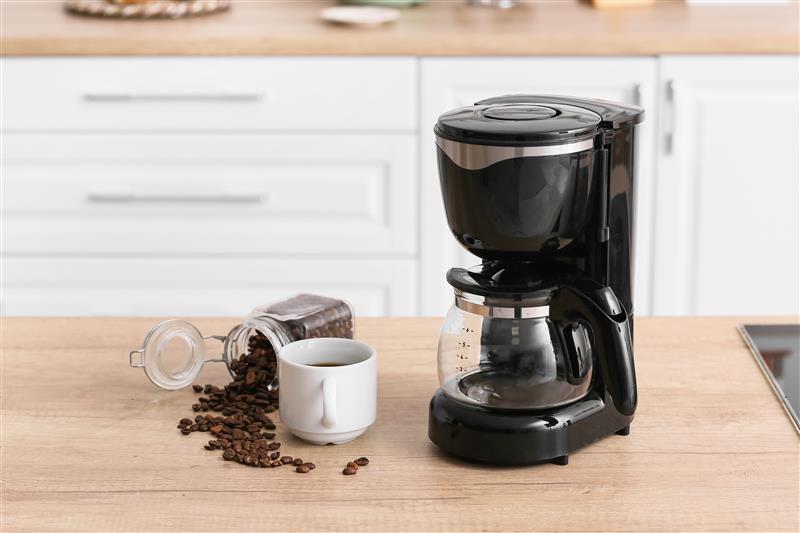Drip coffee makers and French press coffee makers are two of the most common types of coffee makers for home coffee brewing. I’ve made equally delicious cups of coffee using both methods, although we all have our personal preferences on how to make our coffee.
While I believe there’s a time and a place for both types of coffee makers, choosing one as your primary coffee brewing method is a choice only you can make. Let’s compare drip coffee vs. French press coffee to help you decide which method is best for you.
Drip coffee vs. French press: Different infusion methods

Drip coffee refers to coffee made with an automatic drip coffee maker, whereas a French press requires manual brewing. According to coffee expert Tyler Pawlak, co-founder at Blended Bean Coffee, the comparison between drip coffee vs. French press comes down to the type of infusion that takes place.
“The type of infusion for a French press is known as immersion since the grounds are completely submerged in the water, usually giving complete and even exposure to all of the grounds of coffee. On the other hand, a drip machine relies on percolation, literally pouring (or “dripping”) hot water over the grounds and letting gravity pull it through the mud to end up in the cup,” says Pawlak. Knowing this, how do you decide which brewing method to choose over another?
Control and taste

One of the key differences that sets drip coffee apart from French press coffee is the control you have over the brewing process. Pawlak suggests that coffee drinkers who want more control over the different variables of the brewing process try a French Press coffee maker, as using a drip coffee maker eliminates this flexibility. The advantage of using a drip coffee maker, however, is that you can count on a more consistent, reliable cup of coffee (less room for error).
Control
“A French press gives you full control over your brew since the amount of time the water is in contact with the grounds is completely up to you, and when you decide to either plunge the coffee or decant it into another vessel. This allows you to easily adjust the brew time by simply letting the press sit for a shorter or longer period. You don’t need to mess with variables like grind size to affect the brew time,” says Pawlak.
Taste
Ask any coffee drinker what they care about most in their cup of joe, and the majority will answer “taste.” When considering drip coffee vs. French press, there are some notable differences in the tasting profiles. Pawlak shares that drip coffee tends to have a more subtle taste due to the coffee filter used in the process.
The filter used in drip coffee makers stops the physical material from the beans from entering the final cup, which changes the taste of the coffee. On the other hand, a French press allows “More of that sediment into the drinking cup, giving you a much fuller mouth-feel with loads of texture. This is neither better nor worse, but rather a personal preference in what you are looking for in your cup,” he shares. For this reason, those who prefer a stronger, full-bodied cup of coffee may like using a French press, while milder coffee drinkers may prefer the taste of drip coffee.
Is drip coffee or French press coffee better?

One of the best things about coffee is that there are always new tasting profiles to explore (and you’re never stuck making just one kind of coffee). There’s no clear answer for the drip coffee vs. French press coffee debate; the choice comes down to your personal preference. Pawlak recommends that coffee drinkers experiment with both, honing in on the most critical components of the coffee brewing method. After all, “Coffee is all about experimenting with a set of variables to find the perfect formula for you!”
Both brewing methods have their advantages and disadvantages to consider. Drip coffee makers are convenient and easy to use, delivering a consistent cup of coffee every morning with minimal effort required. However, they also offer less control than French press coffee makers and can take up lots of counter space. While making coffee with a French press takes more time, it offers coffee lovers more precision and control in the brewing process, resulting in a stronger cup of coffee.
Exploring coffee brewing options
“Do you love the ease-of-use for a drip coffee maker, but want a little more body to your cup? Try a metal filter instead of a paper option, which will let more of that organic material through. Do you want to have a longer brew time, but want a little more clarity in the cup? Pawlak recommends adding a filter below the spring in your French Press to filter out coffee fines.




